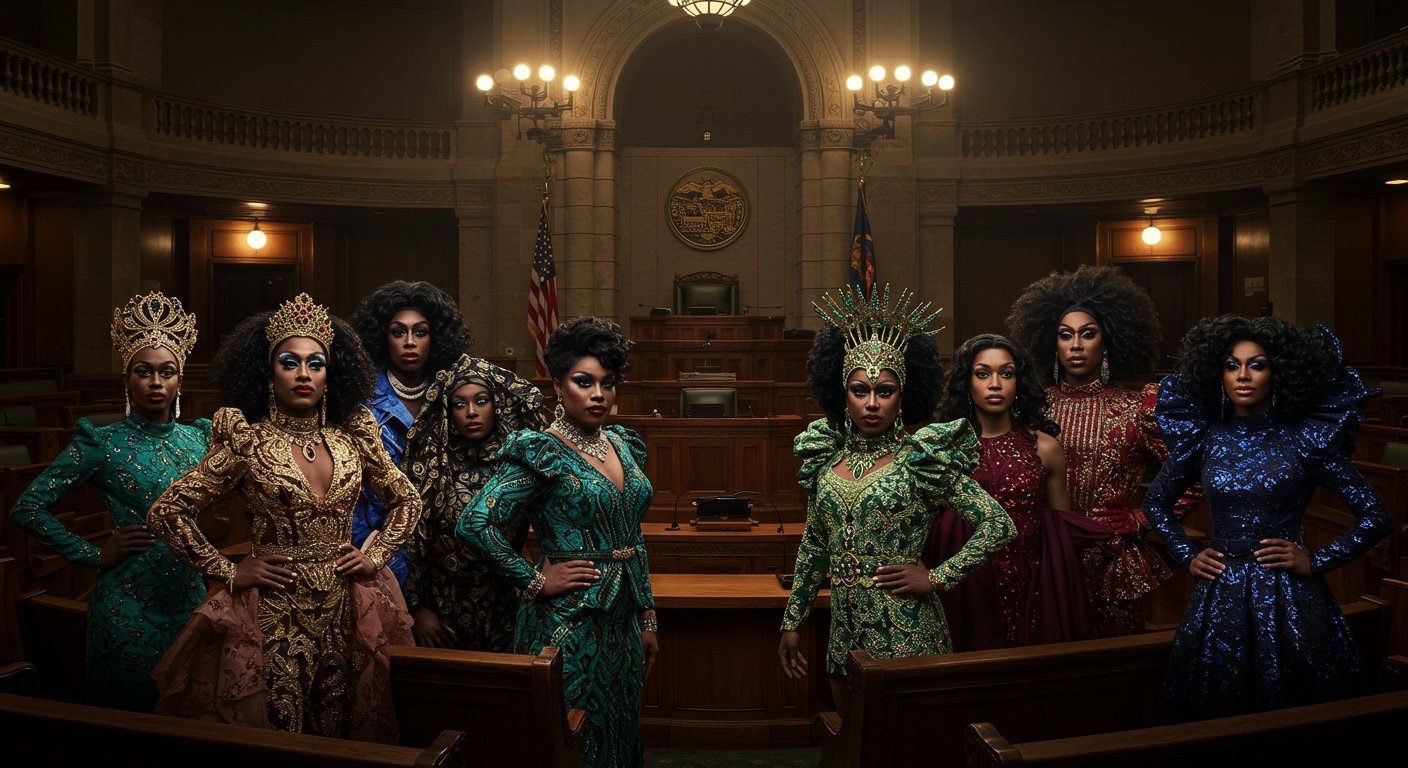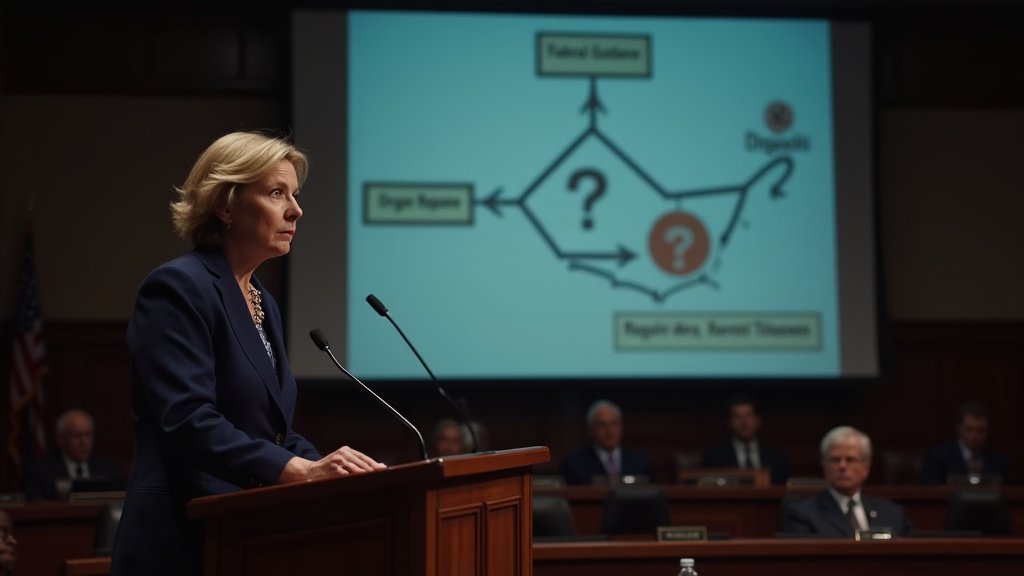Salem, Oregon – In a move recognizing the profound cultural impact and historical legacy of Black drag performers in the state, the Oregon House of Representatives formally adopted House Resolution 3 on Wednesday, June 18, 2025. The resolution specifically honors Oregon’s rich history of Black drag performance, acknowledging its enduring influence on arts, culture, and the broader community over decades.
Sponsored by the only two Black Democrats serving in the House, Representative Travis Nelson and Representative Shannon Isadore, both representing districts in Portland, the resolution’s timing was intentionally significant. Its adoption occurred during Pride Month, a period dedicated to celebrating LGBTQ+ communities, and just ahead of Juneteenth, which commemorates the emancipation of enslaved African Americans. This dual timing underscores the intersectional identities and historical contributions of Black individuals within the queer community.
A Formal Recognition of Cultural Shaping
House Resolution 3 serves as a formal legislative acknowledgment of the vital role Black drag artists have played in shaping Oregon’s cultural landscape since 1958. While Black residents constitute a relatively small percentage of Oregon’s total population, the resolution highlights the disproportionate and significant influence Black drag performers have wielded, particularly within the state’s arts and entertainment scenes.
A key component of the resolution is a comprehensive, four-page list detailing Black drag performers who have made notable contributions to the community over the past six decades. This list aims to document and preserve the history of artists whose work, often taking place in underground venues or community spaces, has been foundational to the evolution of drag as an art form in Oregon.
Representative Nelson and Representative Isadore championed the resolution, emphasizing the need to recognize individuals whose creativity, resilience, and activism have paved the way for future generations. Their sponsorship highlights the importance of legislative bodies acknowledging diverse cultural histories, especially those of marginalized communities that have historically been overlooked or erased.
The Legislative Process and Outcome
The adoption of House Resolution 3 followed a vote on the House floor. The measure passed with significant support, garnering 34 votes in favor to just 9 against. This outcome reflects a broad consensus within the legislative body on the importance of formally recognizing the contributions of Black drag performers.
Legislative resolutions, unlike bills, do not create new laws but serve as official pronouncements or statements of position by the governing body. In this instance, the resolution acts as a powerful symbolic gesture, validating the history and contributions of Black drag artists and providing official state-level recognition of their cultural significance.
Spotlight on a Performer’s Journey
Among the countless artists whose histories are interwoven with Oregon’s drag scene, the resolution implicitly acknowledges the impact of performers like Henry Felton, known by his acclaimed drag name, Kimber K. Shade. Felton’s journey illustrates the vibrancy and reach of Black drag artistry in the state.
His first performance took place in 2010 at a Portland nightclub. For this debut, Kimber K. Shade chose to embody global superstar Beyoncé, performing a rendition of her hit song “Telephone,” which famously features Lady Gaga. In this memorable performance, Lady Gaga was portrayed by fellow drag queen Kimberly Westwood, showcasing the collaborative spirit often found within the drag community.
The impact of this initial performance extended far beyond the confines of the nightclub. A video recording of Kimber K. Shade’s debut performance was reportedly uploaded to YouTube and went viral overnight, quickly amassing over 100,000 views. This rapid dissemination via social media platforms underscores the growing reach and influence of drag performance in the digital age and highlights how moments of artistic expression can capture widespread attention.
Broader Significance: Intersectionality and Visibility
The resolution’s timing during Pride Month and ahead of Juneteenth is not coincidental. It deliberately places the recognition of Black drag history within the context of both LGBTQ+ liberation and the ongoing struggle for racial justice. Black drag performers have historically navigated the complexities of racial discrimination within the queer community and homophobia/transphobia within Black communities, making their visibility and resilience particularly impactful.
Their art often serves as a form of social commentary, celebration of identity, and community building. By honoring these artists, the Oregon House is acknowledging the intersectional nature of their experiences and contributions, celebrating both their Black heritage and their place within the LGBTQ+ spectrum.
The four-page list accompanying the resolution serves as a vital historical document, ensuring that the names and contributions of these artists are not lost to time. It provides a resource for future research, education, and celebration of a sometimes-underground, yet profoundly influential, cultural movement.
Conclusion
The adoption of House Resolution 3 represents a significant step forward in officially recognizing the diverse tapestry of Oregon’s cultural history. By formally honoring the legacy of Black drag performers, the Oregon House of Representatives has not only celebrated a vibrant artistic tradition but also affirmed the importance of acknowledging and valuing the contributions of communities whose stories have too often been relegated to the margins. The resolution stands as a testament to the enduring power of art and identity in shaping community and culture.




